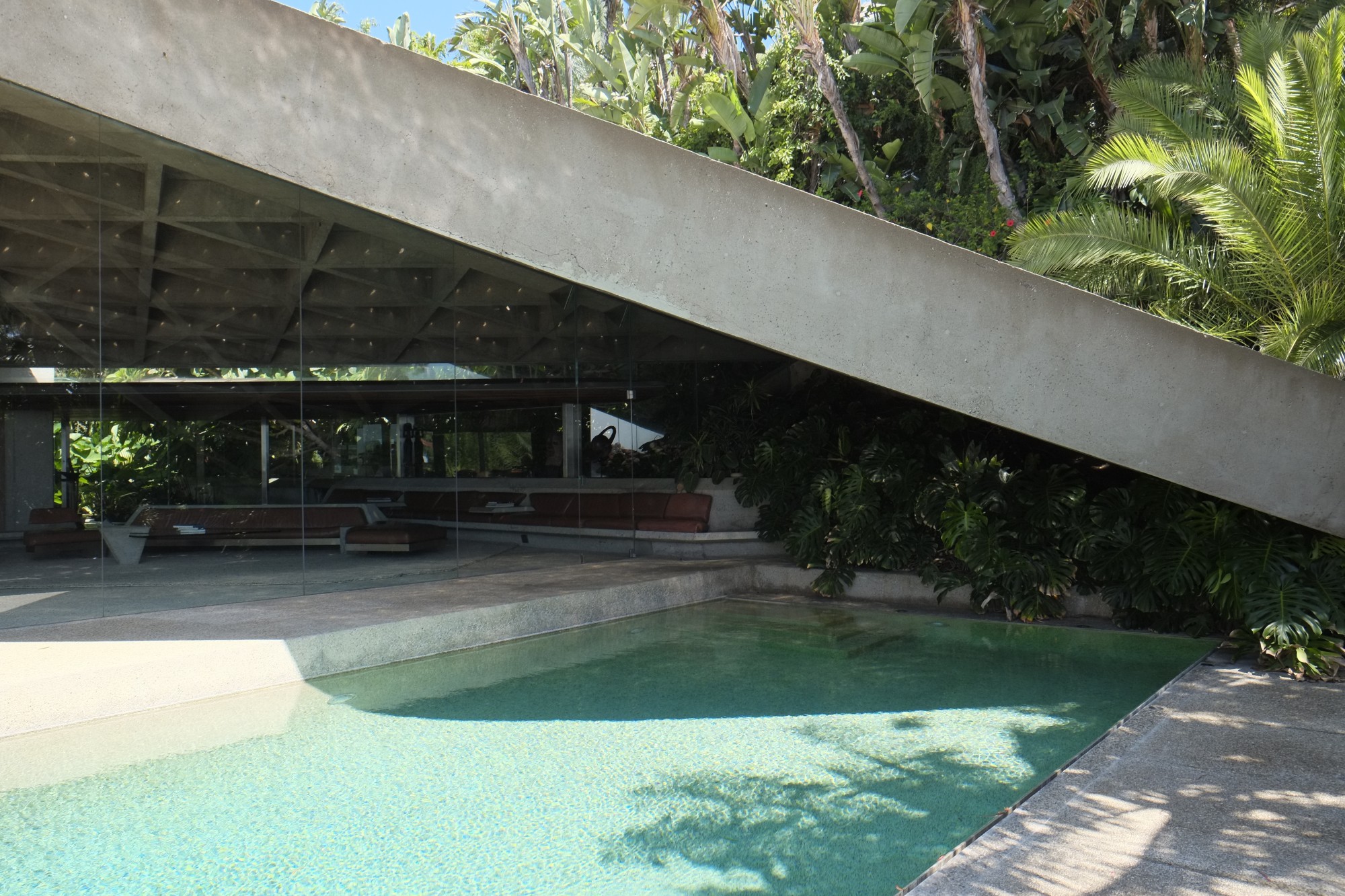
A national historic landmark
and architectural treasure
Making the claim that Frank Lloyd Wright is the greatest American architect is about as daring as saying the weather in Los Angeles is “nice.” Sure, there are those who would protest, but they are outliers for the most part. Wright is almost solely responsible for creating a uniquely American style of architecture, and he was recognized in 1991 by the American Institute of Architects as “the greatest American architect of all time.”
Wright is was a pioneer of the Prairie School, a style of architecture developed in the Midwest. With their low, wide footprints and relatively unadorned exteriors, Prairie-style homes were a dramatic departure from Victorian and Edwardian style homes, which were very vertical in orientation and featured a great deal of ornamentation. Inside, the Prairie homes were very open and flowing, with relatively few formally designated spaces. Gone were the parlors and studies and sitting rooms so popular in the Victorian style. The ultimate expression of Wright’s Prairie style is undoubtedly Taliesin, a sprawling compound in rural Spring Green, Wisconsin.
In the early 1920s Wright was hired by oil heiress Aline Barnsdall to build a house and theater complex in Los Angeles. Wright accepted the commission, though he wasn’t able to personally supervise the project as he was in the midst of constructing the Imperial Hotel in Japan. Barnsdall gave Wright a brief that said the house was to be named “Hollyhock,” after her favorite flower, which was to be used as a motif throughout the home.
The Hollyhock House represents a transitional period in Frank Lloyd Wright’s career. It is often mistaken for one of his later “textile block” houses, but is instead a more traditional construction of hollow clay tiles with concrete accents. The exterior color, like many Wright homes, blends in with the surroundings. The house is low and wide, much like his Prairie style homes, but differs stylistically in that the Hollyhock house draws more on Mesoamerican architecture. The approach to the front door is reminiscent of Wright’s previous work, with a long, almost claustrophobic causeway leading to a double door made from cast concrete. Each of the front doors, which are original to the house, weigh approximately 250 pounds and feature original brass hardware.
Once inside Hollyhock, you are greeted by a wall of glass doors directly in front, the living room to your right, and the dining room and kitchen to your left. The dining room is small, and features a small (for the period) table. The furnishings were designed for the space by Wright himself, as was typical for nearly all his homes. The area in the dining room and entryway feature small clerestory windows with geometric patterns in them that are repeated throughout the home.
The grand living room is dominated by a massive stone fireplace, above which is a Bas relief of an abstract landscape. It is one of the most unique features of the home. Surrounding the hearth is a sunken, tiled “moat” that Wright designed to bring all four elements (air, earth, water, fire) to the living room. This moat was never used as intended in-period, instead having served as a place to store firewood. The other prominent feature of the living room are the two massive sofas. These pieces were designed by Wright and featured massive torchieres at either end. The living room also benefits from a gorgeous reproduction carpet that repeats many of the geometric figures found elsewhere throughout the house.
Hollyhock is unique among Frank Lloyd Wright homes in that it is his first real use of combined indoor/outdoor living space. He had been interested in the Japanese idea of indoor outdoor space but had never been in a position to explore it given the more extreme climates he had typically worked in. There is an “outdoor living room” space that includes an almost amphitheater-like feature at one end. The home has ornate colonnades on either side as well as a staircase to a rooftop terrace. Hollyhock flowers abound throughout the property.
The construction of the Hollyhock house, like nearly all of Wrights projects, ran significantly over budget and time. This led Aline Barnsdall to fire him shortly before the project’s completion. The project was finished by Wright’s project manager Rudolph Schindler, who would go on to make quite a name for himself as the architect of some of Southern California’s finest modern homes. Richard Neutra was also frequently at the site working with Schindler.

Barnsdall donated the house to the city of Los Angeles in 1927 with a stipulation that a fifteen year lease be given to the California Art Club. It has remained in public hands since, functioning as a USO facility and an art gallery. In the mid-1940s, Lloyd Wright performed a number of repairs and updates to the house, most notably to the kitchen. The house suffered significant damage as a result of the 1994 Northridge earthquake and was consequently restored. The house was opened to the public in 2005 and designated a National Historic Landmark in 2007.
In February of this year the house was reopened to the public after extensive restoration done, in part, to remedy water intrusion that had plagued the house throughout its history. The scope of the restoration gave historians the opportunity to return much of the downstairs area of the house to its original 1920s splendor. Because they had to open walls, etc., they were able to discern much of the house’s original color palette. They also utilized photos and historical accounts to recreate much of the furniture and decorations.
The Hollyhock House and the later textile block John Storer house, Freeman House, and the grand Ennis House are unique examples of one of the greatest architects in history taking chances and experimenting. Though his Los Angeles works never received the same accolades as some of his later projects like the incredible Fallingwater or the Guggenheim Museum, they are beautiful homes that deserve preservation and it’s nice to see the city of Los Angeles, a city not known for being kind to old buildings, step up and lavish such care on one of its greatest architectural treasures.
Photos courtesy of Joshua White Photography of Fine Art and Architecture, www.jwpictures.com.







